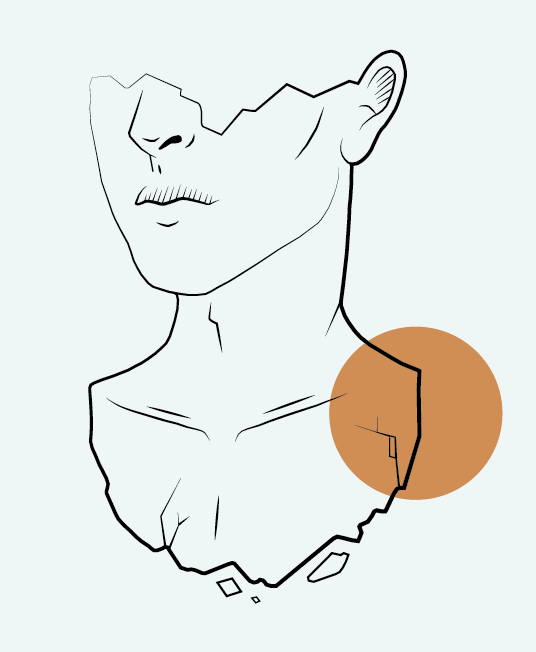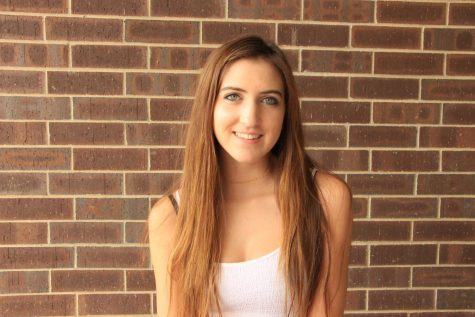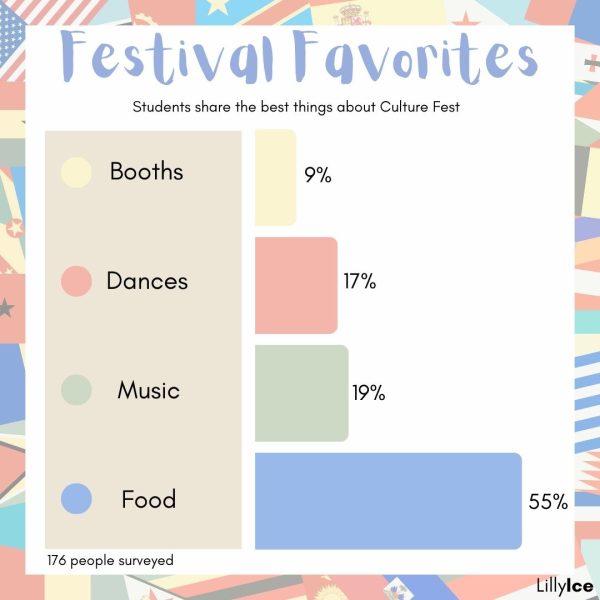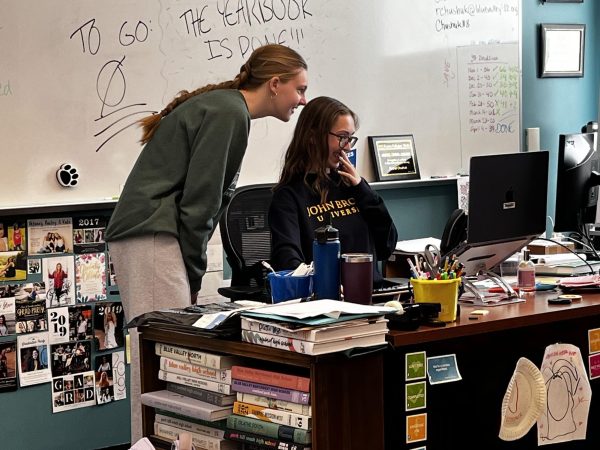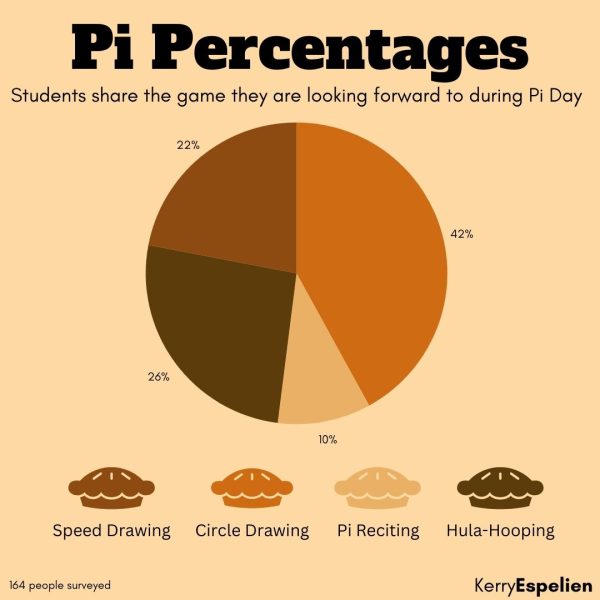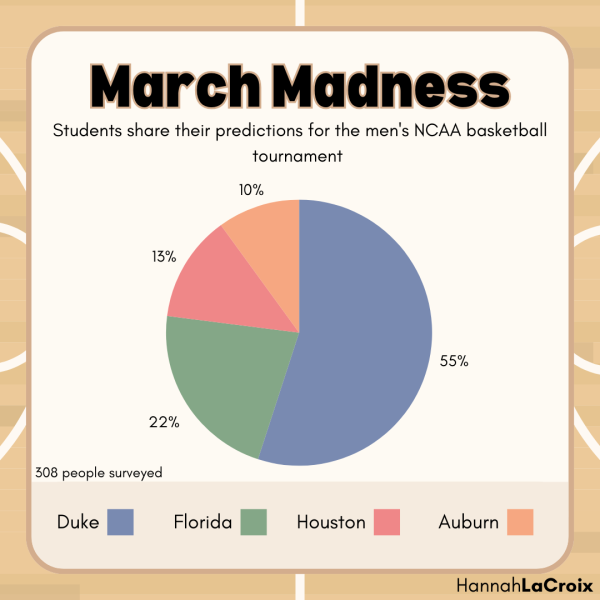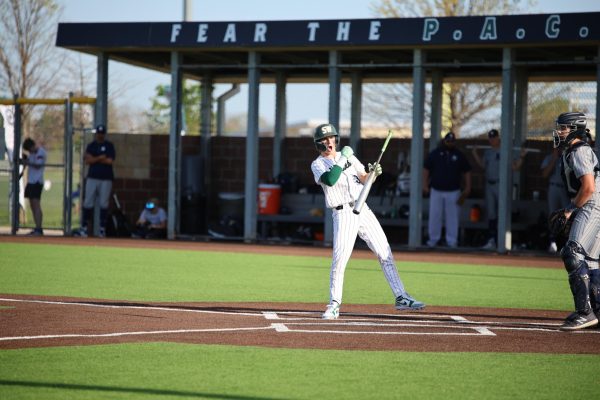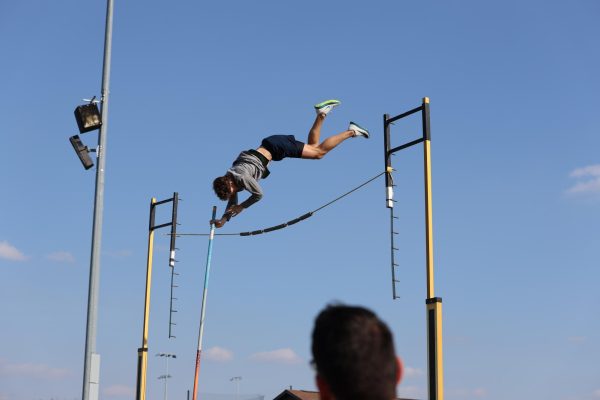Artists prepare for a future in the arts
“A picture is worth a thousand words,” a common English-language idiom that has been around since the early 1900s according to phrases.org. Within these thousands of words, senior Beau Bezanson said he found himself inspired not only by the potential of a finished product, but what meaning he’s trying to convey in his art.
With multiple art classes under his belt, Bezanson said he focuses his art on graphic design and drawing, taking both drawing classes during his freshman year and continuing on to graphic design his sophomore and senior year.
“Graphic design is kind of more abstract I’d say, so it really pushes me in something I’m not comfortable with,” Bezanson said. “It’s really good. It really makes you think a lot. So, in drawing, it’s really just like you have a picture and you just draw from that. [In] graphic design, you have to come up with everything yourself — maybe taking ideas from here or there — but it’s really all on your own, so it’s nice expanding.”
Similar to Bezanson, senior Darby Rolf focuses her talents within two mediums: ceramics and drawing. Although she concentrates most of her art on those two techniques, Rolf said she wanted to push herself out of that comfort zone and enrolled in a painting class at JCCC over the summer to “get a feel for college art classes.”
“I really enjoyed painting at JCCC,” Rolf said. “I [also] really liked drawing II and ceramics II because there’s a lot more freedom and you really feel like you’re building your skills.”
Although “partial to photo II,” art teacher Sarah McKee said one of her favorite classes to teach was portfolio seminar. McKee also teaches photo I and II, painting I and II and digital imaging.
“This was the first year I’ve taught portfolio prep and I really like that because they’re all using different media and they’re all exchanging a lot of really cool ideas,” McKee said. “There’s a lot of exchange of ideas and talking amongst the students to come up with cool pieces and cool series and prepare their portfolios and I think a lot of cross collaboration in that class has been really, really good.”
Much like McKee, Bezanson said he enjoyed portfolio seminar when he decided to enroll in it junior year.
“My favorite art class [has been] portfolio, because you put your portfolio together for college,” Bezanson said. “You kind of
work on whatever you want and you’re surrounded by people that are doing the same thing as you.”
Enrolled as a double major in college, McKee said she chose to teach in the arts rather than in English because “it’s all about learning a new way of thinking.” During class, McKee said she usually gets the students thinking by creating problems and having the students figure out how to find answers to those problems.
“I don’t like to tell them what to do because then it isn’t their artwork, it’s my artwork, so I ask them questions,” McKee said. “Basically, it’s a lot of whys. ‘Why did you choose to do this’ and, if they can defend it to me, that usually means they had a good reason for it, which gives me a good indication that they know what direction they’re headed in … They have to come up with ideas a lot with their peers. They have to run ideas by their peers. They have to run ideas by other art teachers. It’s really important to me that I’m not the only voice they are hearing.”
As a result of this type of feedback, Rolf said she is thankful for the art teachers because they provide her a forum for support and new ideas relating to her art.
“The art teachers are really amazing,” Rolf said. “They’re very encouraging and they help you to find your best creative self. Like how they’ll give you project idea and you say ‘alright, I know what I’m going to do,’ and then they make you draw ten more sketches to really stretch your brain. Then you might find an idea that’s really better than that original idea. They’ve helped me to just build my talents and my passion quite a bit because you can tell they all really love art as well and they’re always ready to help you.”
Alongside Rolf, Bezanson said he relies on his art teachers to “just [be] there to motivate you.” Taking drawing I and II during his freshman year, Bezanson said it was his father that gave him his love of drawing.
“My dad loved art his whole life, so when I was little, we would do art together,” Bezanson said. “He would draw something and I would color it. It started progressing to where I would follow in his footsteps and draw it. It’s just something I do in my free time.”
Moving from Oklahoma to Kansas at the beginning of seventh grade, Bezanson took art for two years in middle school and said it was the first place he could really explore more into the arts.
“It was the first time I could show off what I was good at and it was fun doing it” Bezanson said. “I got to help other people with their stuff and tell them what to do. It felt good.”
Planning to study either architecture or animation in his future, Bezanson said he knows his art skills will help. Like Bezanson, Rolf said she plans on continuing with her art after high school by going to art school and possibly opening a studio to teach classes.
“Yeah, I am going to art school,” Rolf said. “I’m planning on it, which I know to some people that means you don’t have a future. But I have a plan. I really think I can find something and succeed in the area … I might also look into business or psychology, but my main focus is to get a bachelor’s in fine arts.”
Like Rolf, McKee said she denies the stigma behind not having a future with art school. One way McKee said she combats this is by providing her students with real life examples, like speakers that have gone to art school.
“That stereotype never seems to go away,” McKee said. “It’s becoming increasingly important to sort of define your own way of working within a business or within a company, and they’re looking for people who are creative problem-solvers and they’re looking for people who can do graphic design and I think design and imagery is becoming more and more important, especially as we’re more of a internet culture.”
Within this “internet culture,” McKee said she believes many people find themselves leaning more toward pictures or artwork for a source of advertising.
“People are seeing images quicker and quicker and they’re always looking at design and they’re always looking for something to catch their eye,” McKee said. “If you have a background in design and the arts, you’re going to be the most valuable asset to a company that’s looking for something like that. So, there are increasing jobs that haven’t even existed in the last few years. I try to find people who have those jobs or find the titles of those jobs to make it more relevant to parents and students … there’s always jobs out there you just have to find them.”
By providing examples of real jobs to students and parents, McKee said she aims to encourage her students to follow their passions, even if they’re faced with limitations or difficulties. In doing so, McKee said she also implements more freedom within the classroom for students to explore beyond the prompt, especially in upper-level classes.
“We’ve been working the last few years with students of getting over that fear factor of making something they weren’t sure was going to be successful,” McKee said. “So, if they come up with a weird or crazy idea, I love it and I usually push them. I’ll ask a lot of question about it, make sure they know what they’re doing, but that’s my favorite [part]. I love it when they do that … I encourage [what] I call ‘weirdness in the artwork’ as much as possible, or just new ideas, something that they’ve never seen before is always good.”
During her childhood, Rolf said she was always surrounded by art. Although she was supported with her artwork, she said she has a difficult time looking toward the future of her art career despite the stigmas associated with going to art school.
“My parents always say, from the time I could hold a crayon, I was drawing,” Rolf said. “Art has always been a big part of my life. For a while, especially middle school and the beginning of high school, I figured everyone tells me ‘you can’t go to art school. You can’t have art as a future’ and so I kind of deviated away from that. But then I realized that I can go to art school and have a future. I can follow my passion and, so, I got back on that path and it’s been a huge part of my life.”


